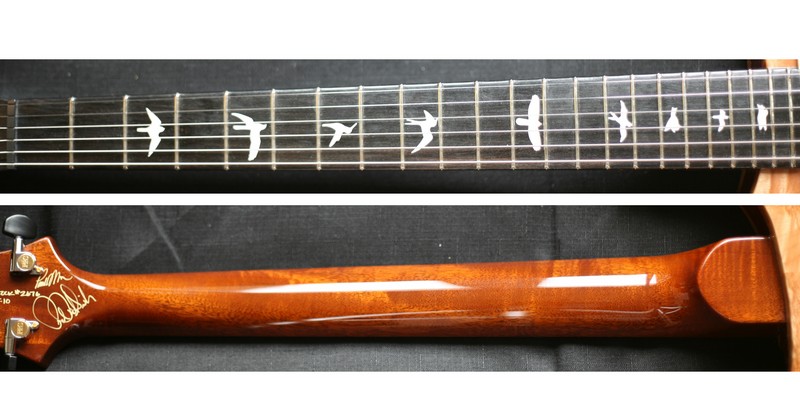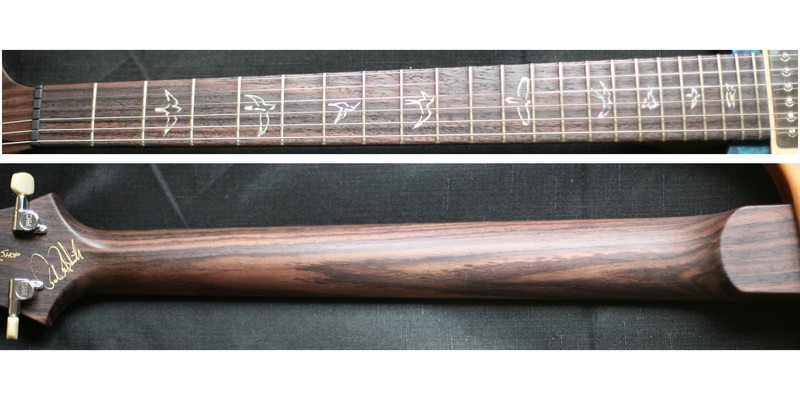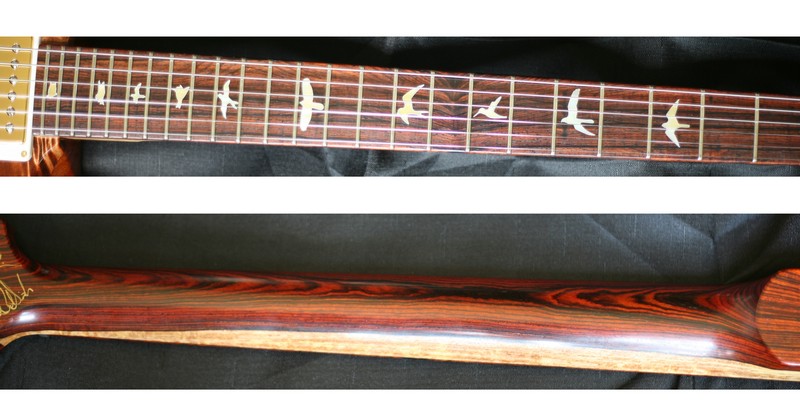sergiodeblanc
New Member
- Joined
- Apr 26, 2012
- Messages
- 27,388
I'm glad you're zeroing in on what you want for a PS, Bill.
Get out of my head. This is so accurate of my situation, I could've written this myself....my own private stock. ...Not the least of which is to get to a playing level and frequency to justify the cash outlay. I'm currently chasing technique, not tone. I think about tone and have strong preferences, but as I get slowly better, my personal tone is changing.
Nobody says you can't build more....So many options, just one build.
Mike, you and I are both huge fans of David Gilmour. I still haven't reconciled his tones from his Strat and single coils vs my preference for neck humbuckers. Have you?

I have my pilot's license
That's why I made the airplane reference! I figured you could relate.
That Gee Bee even looks like it'd be terrifying to fly!
Do one that you suits you and there doesn't need to be a second.PS builds will be few and far between for me...
Get out of my head. This is so accurate of my situation, I could've written this myself.
This is probably a pretty big boat...
I'm a pretty big fan of the 24.5 scale. The slightly shorter scale means a little bit less tension in the strings. I feel the guitar ends up with a slightly earthier tone (which I like).So, I'd like to hear about what people have experienced with slightly shorter scale lengths. I say 'slightly' because I don't want to go so short that the frets above 12 are too close together for my inaccurate fingering. what are the pluses and minuses for a shorter scale?
Body shape is pretty fixed in my mind at McCarty thickness and shape. However, I'm wanting it also to be hollow or semi-hollow (at least 1 f hole) and I'm not sure how those two things would get along.
There are lots of woods that will come out figured for the neck. I highly recommend considering the tonal qualities you are after first, and then going to the specifics of the wood from there. Birdseye maple can be quite striking, but you have to be comfortable with what that is going to sound like. Mahogany can be highly figured as well and will go very well with a figured mahogany back. I'll look for a photo. Cocobolo looks amazing and will sound much like a rosewood neck - which can also look quite nice. I'll check for photos on that too.Body woods are up in the air as well. I'm pretty settled on either a maple wide flame top or a quilt, but I want the back and neck to be figured too. I'm kinda leaning towards ribbon mahogany for the back wood (though I might sandwich matching maple on the back) and something like cocobolo for the neck.
Honestly, this is a good thing to decide in the vault. You're close enough that I assume you will go in person rather than select via photos/video. Best decided after you settle on what you want the neck to be.Fretboard wood is similarly undecided but I'm leaning towards something figured.



